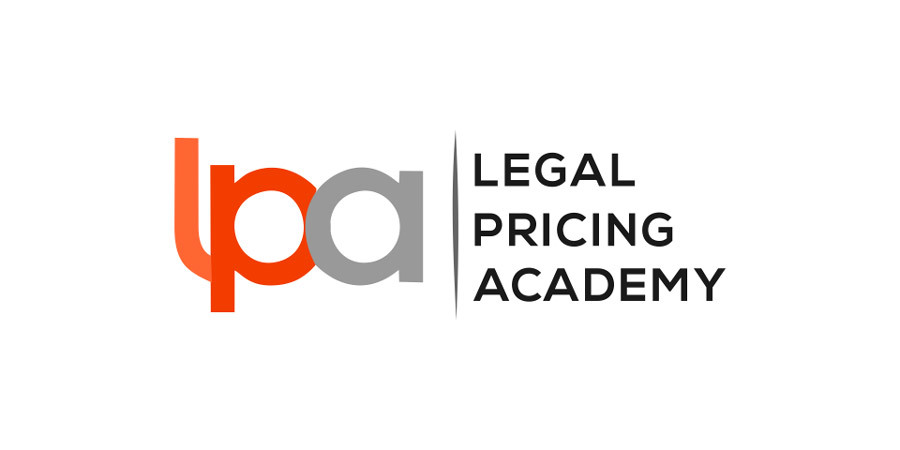Even firms that recognise the need to substantially evolve their pricing attitudes and practices are unwittingly sabotaging those efforts through a failure to reconfigure their internal reporting dashboard to drive different behavior from fee earners.
Even firms that recognise the need to substantially evolve their pricing attitudes and practices are unwittingly sabotaging those efforts through a failure to reconfigure their internal reporting dashboard.
"If you can't measure it, you can't manage it!" - this is often quoted in the marketing and analytics world. Apparently It comes from a remark attributed to Galileo, who said 'Count what is countable, measure what is measurable. What is not measurable, make measurable'.
First comes pricing innovation
Firms are increasingly coming to the realisation that in order to maintain good client relations and preserve market share and profitability, increasingly innovative and sophisticated pricing strategies must be developed within the firm. Moreover, there is an increasing realisation that pricing is a skill and not simply an administrative function underpinned by numbers.
In order to effect meaningful changes to the firm's pricing culture and capability, a plethora of changes are required, not least of all changes to the mindset of individual practitioners.
In one of my recent blog posts entitled ‘Pricing and the Pavlovian Response’ I discussed the capacity for using pricing strategies to beneficially influence client behaviour.
In a nutshell, we all respond and when necessary, modify our behaviour in response to external reward mechanisms, which in the case of lawyers, includes how their performance is measured and reported.
Law firm meritocracies misaligned
While there are exceptions, most firms’ meritocracies are in the case of individual fee earners, structured around three key metrics; billable hours, fees generated and realisation rates. These metrics are of course entirely consistent with the overwhelming dominance of the billable hour pricing regime.
The success of the billable hour regime relies on (to state the blindingly obvious), maximum numbers of billable hours. This therefore is one of the critical metrics that is measured and reported on. It is also one of the reasons why clients are beginning to push back against the billable hour regime.
The regime incentivises lawyers to be inefficient and to take as long as possible to complete a task. Worse, it can encourage ‘padding’ and outright falsification of time records. Why take an hour and a half to do something when you can take 2 hours to help fill your billable hour budgetary quota for the day?
Equally, any lawyer who knows that his or her remuneration, their chances of promotion and their general status within the firm is predominantly linked to their billable hours, will respond to that with certain behavior that is not necessarily in the best interests of either the client or the firm.
If a firm is genuinely committed to the development, implementation and deployment of more sophisticated and contemporary pricing strategies and greater use of fixed fees, fee earners need to be incentivised differently, particularly around reporting. This is not to say that the existing metrics have no continued relevance. They do. Rather, it is about expanding the information so that the reporting dashboard provides a more granular and nuanced view of individuals’ contribution to the firm.
Specifically, a multi-faceted view of profitability is required. At the very least, profitability should be measured and transparently reported on by fee earner, by file/matter, by client and by work type.
What behavioural changes occur?
Once these metrics become an important part of the focus a number of changes occur. Here is one example; including for example;
Fixed fees accompanied by a properly developed scope and range of exclusions and assumptions results in fee earners looking at ways to complete the work to the requisite standard in the least amount of time possible. A lawyer who can get a client to accept a fixed price of say £4,000 and then complete the work in 6 hours is vastly more profitable and productive than a lawyer who spends 13 hours at £300 an hour to achieve the same fee. The risk is that most firms reporting will not detect and distinguish the two.
As one judge eloquently put it, “…the incompetent will be encouraged to be prolix and dilatory and the efficient and truly skilled will be inadequately rewarded.”
It doesn't matter how much time, effort and money is invested in the acquisition of pricing skills and resources, it will all be for nothing if firms continue to report solely on fee earner performance that recognises, acknowledges and rewards contradictory pricing behavior.
If firms want their fee earners to be smarter and more profitable pricers, they must, in addition to up-skilling their professionals on pricing, develop fresh metrics that can be reported on, held aloft and rewarded in order to embed pricing best practices as part of the firms’ culture.

